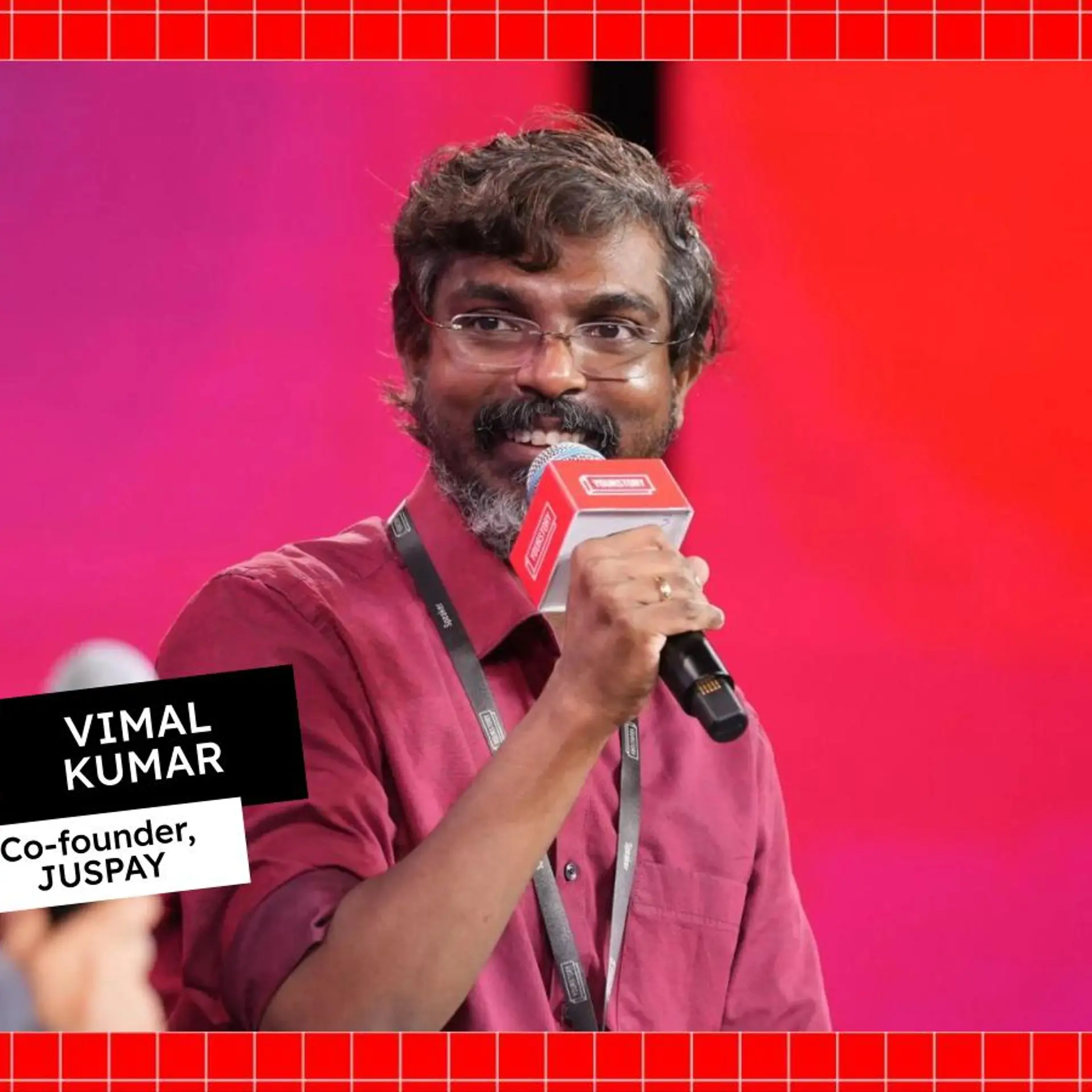Transforming disability into empowered ability: building leaders beyond labels
Research shows that only a quarter of the employable PwD population today is part of the workforce, highlighting the deeper need for embedding inclusion efforts across the life cycle.
India's corporate hiring landscape is steadily evolving with a stronger focus on inclusion and diversity. Companies are broadening their talent pools to include women, LGBTQIA+ individuals, veterans, and persons with disabilities (PwDs), including neurodiverse talent. Today, diversity goes beyond talent pools—it’s about fostering workplaces that help individuals thrive and inspire innovation.
With over 2% of India’s population living with disabilities, so is the potential for inclusion more significant, both as a social responsibility and strategic advantage. PwDs offer unique perspectives and problem-solving abilities that can reshape leadership and drive meaningful change.
Research shows that only a quarter of the employable PwD population today is part of the workforce, highlighting the deeper need for embedding inclusion efforts across the life cycle.
Rethinking inclusion for empowerment
The need for greater inclusion stems from the multifaceted challenges PwDs face, including systemic barriers such as limited access to education, healthcare, and sustainable livelihoods. Achieving truly inclusive workplaces in India requires a comprehensive approach that combines technological innovation, progressive policies, and community sensitisation.
Today's organisations strive to build inclusive ecosystems by focusing on key areas such as hiring, onboarding, employee support, and enhancing manager effectiveness. These initiatives play a pivotal role in driving cultural transformation across workplaces. Additionally, partnerships and targeted hiring strategies enable companies to create meaningful opportunities for diverse talent.
Programmes supporting neurodiversity, in particular, have empowered individuals across the neurodiverse spectrum to find roles that align with their unique skills, allowing them to contribute effectively and thrive in the workplace.
Success lies in taking a holistic approach, right from mapping skill readiness, analysing job roles, providing long-term training, and ensuring a smooth transition from internships to full-time roles. This sets the foundation for long-term growth and success.
Role of technology in bridging the inclusion gap
Technology has emerged as a powerful enabler in bridging the gap for persons with disabilities in the workplace. From assistive tools like screen readers, voice recognition software, and AI-driven accessibility solutions to digital platforms that offer personalised learning and skill-building programs, technology is redefining access to opportunities and contribute meaningfully.
Advanced analytics can help identify strengths of individuals, enabling organisations to match them with roles where they can excel.
Additionally, remote work solutions and adaptive technologies empower PwDs to work in environments tailored to their needs, breaking down physical and logistical barriers. By leveraging technology strategically, businesses can create inclusive workplaces where abilities are amplified, and barriers are eliminated, fostering an ecosystem where PwDs thrive as innovators and leaders.
Investing in skill building and leadership development
Hiring PwDs is only the first step; their long-term success and contribution depend on continuous development. Organisations must recognise an employee’s unique strengths and design tailored upskilling programmes that focus on technical, managerial, or interpersonal skills. Cross-functional exposure, like rotational programmes across departments, broadens expertise and enhances adaptability, preparing individuals for dynamic roles.
Structured leadership initiatives, mentoring efforts, and adaptive learning pathways help unlock potential and build a diverse talent pipeline. By investing in development, organizations not only pave the way for equitable workplaces but also build better leaders who can understand diverse needs and cater solutions for it.
Fostering accessibility beyond infrastructure
True inclusion goes beyond physical accessibility like ramps and ergonomic workspaces. Digital tools such as screen readers and text-to-speech software ensure access, but the most crucial factor is attitudinal accessibility—fostering empathy and openness to diverse needs.
Empowering PwDs requires creating an environment where reasonable accommodations are welcomed and encouraged. Inclusive policies should have the lens of equity by offering tailored solutions based on an individual’s need to be successful in the role. A holistic approach to accessibility breaks barriers, enabling PwDs to thrive, contribute, and lead in the workplace.
(Balaji Ranganathan is Head of Audit, Wells Fargo India and the Philippines, and Regional Executive Advisor for Disability Connection – India.)
Edited by Rekha Balakrishnan






